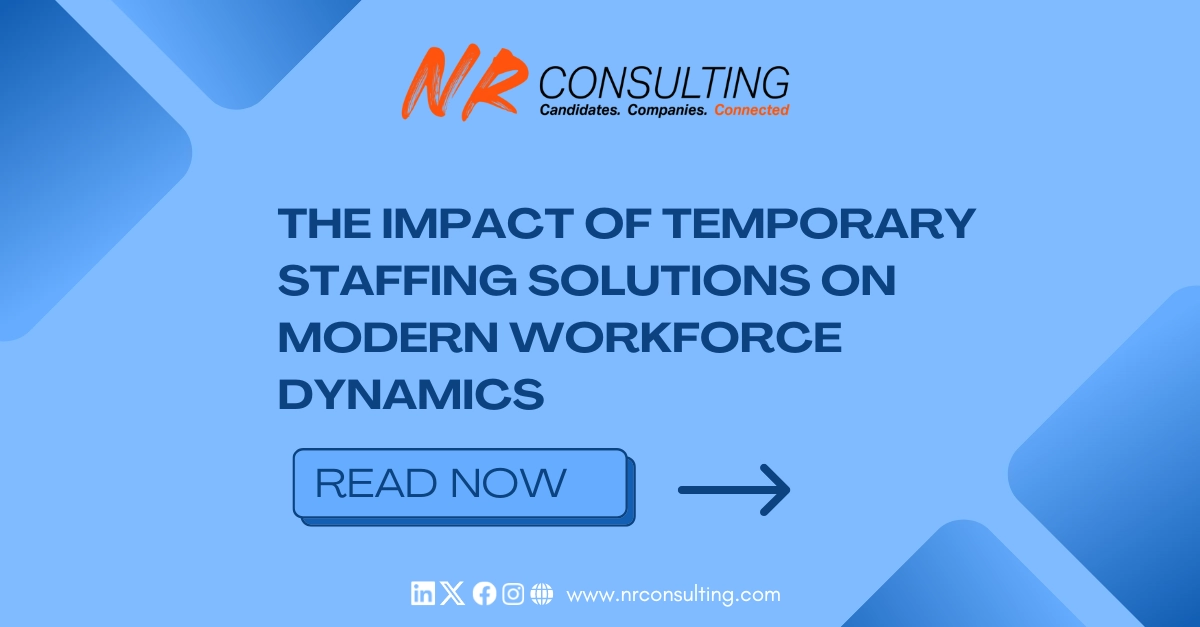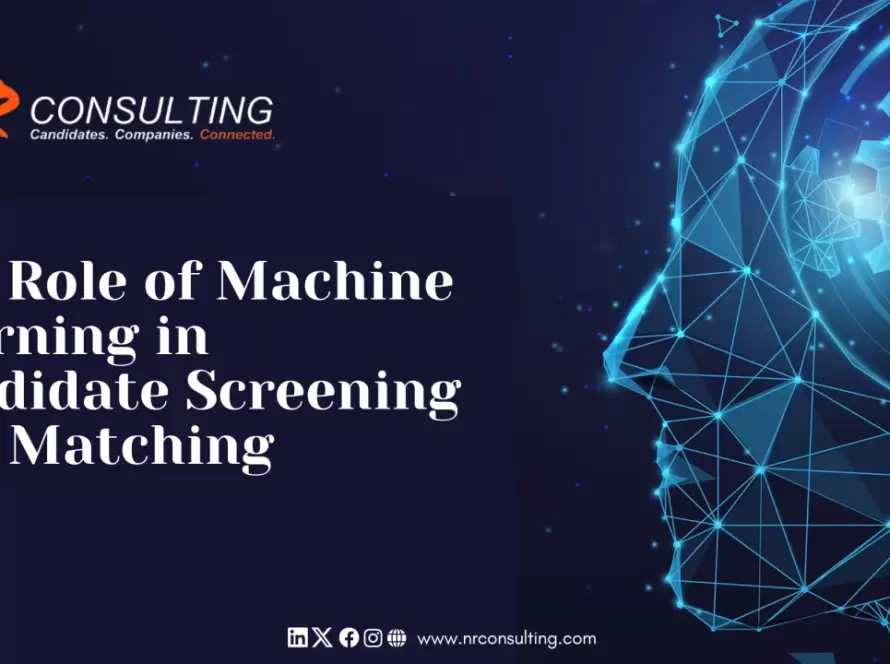3 Days ago
Recruitment is the cornerstone of any successful organization, where a well-organized process can make the difference between securing top talent and losing out. A strong recruitment workflow guarantees efficiency, consistency, and quality in identifying the right candidates. Here’s an overview of the essential steps:
1. Workforce Planning
Before initiating the recruitment process, it’s crucial to evaluate the current workforce and anticipate future requirements. Identify the skills and roles necessary to meet organizational objectives. This planning stage is key to establishing clear job descriptions and expectations.
2. Sourcing Candidates
Successful sourcing involves tapping into the right talent pools. This requires utilizing job boards, social media platforms, employee referrals, and professional networks like LinkedIn. By adopting a diverse strategy, you can widen your reach and improve your chances of finding the perfect candidate.
3. Screening & Shortlisting
After receiving applications, the next step is to screen candidates based on the job criteria. This involves reviewing resumes, conducting initial phone interviews, and administering pre-assessment tests. The objective is to create a shortlist of candidates who best align with the job requirements and fit the organizational culture.
4. Interviewing
Structured interviews are essential for consistently evaluating candidates. Incorporate a blend of technical and behavioral questions to assess both skills and cultural fit. Engaging multiple stakeholders in the interview process brings diverse perspectives and helps minimize biases.
5. Assessment & Decision Making
In addition to interviews, incorporating assessments such as technical tests, case studies, or psychometric evaluations can offer a more comprehensive understanding of a candidate’s skills. After these assessments are conducted, the hiring team should work together to review the results and make a well-informed decision.
6. Offer & Onboarding
Once you’ve chosen the perfect candidate, present a compelling and transparent offer. The onboarding process should be smooth and welcoming, helping new hires feel prepared and valued from day one. A strong onboarding experience is crucial for employee retention and overall satisfaction.
7. Continuous Improvement
After hiring, it’s crucial to assess the recruitment process for potential enhancements. Collect feedback from new hires and hiring managers to continuously refine and improve the workflow.
By adopting this optimal recruitment workflow, organizations can enhance their hiring efficiency, shorten the time-to-fill, and ultimately attract top talent that propels their success.




